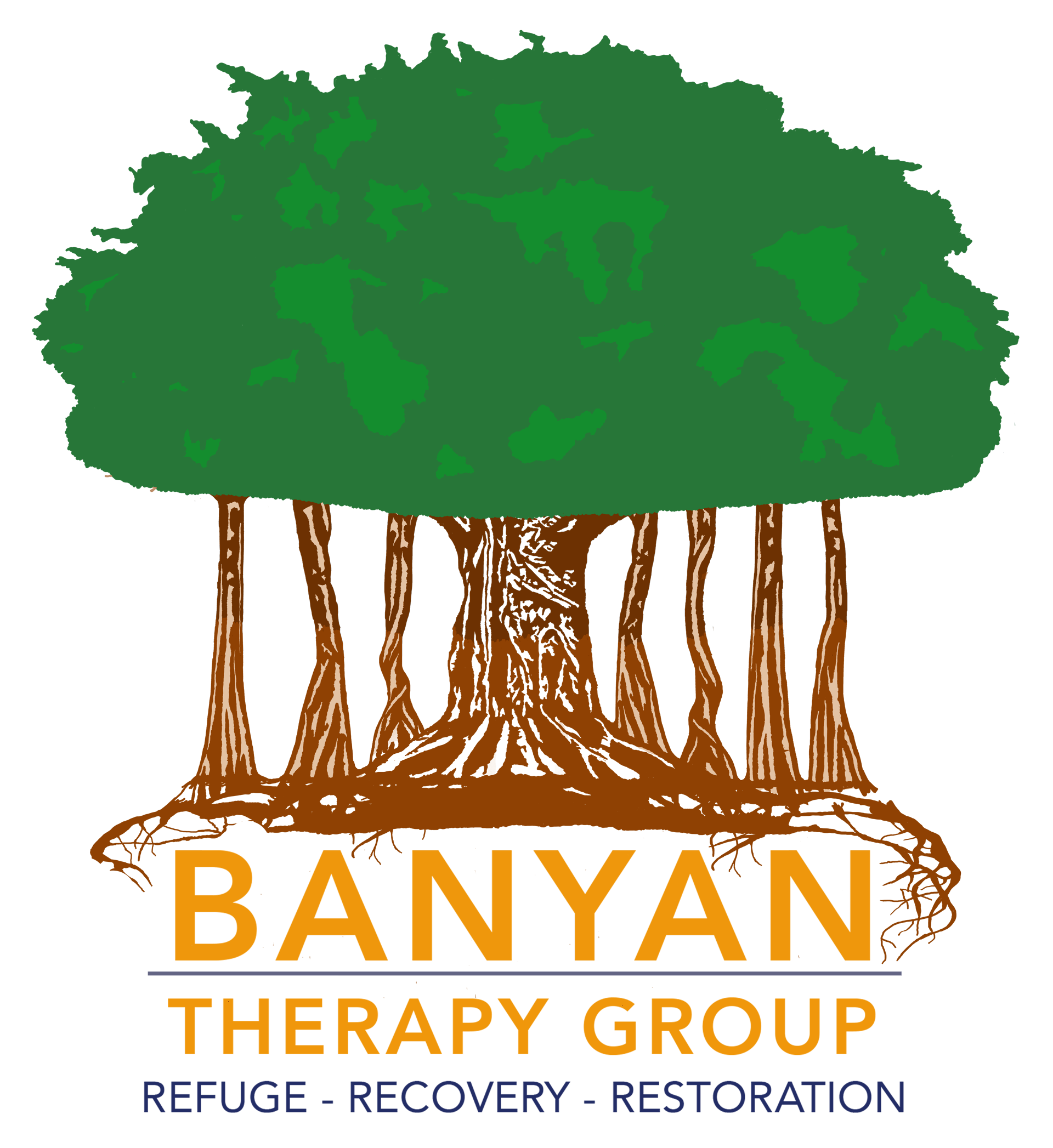Calming the tempest, bridging the gorge
Cohn, R. (2014). Calming the tempest, bridging the gorge: Healing in couples ruptured by “sex addiction”. Sexual and Relationship Therapy, 29(1), 76-86. doi:10.1080/14681994.2013.869314
DOI:
http://dx.doi.org/10.1080/14681994.2013.869314
Study type:
Case Study
Sample size:
N/A
Demographics: N/A
Key findings & quotes:
- Paper discussed the misnomer of the term “sex addict” and proposed the revision of the term to one more in line with “compulsive sexual behaviors.”
- Compulsive sexual behaviors can be an indication of a multitude of problems. “Such behaviors may be an expression of obsessive compulsive disorder (OCD), attention deficit disorder (ADD), social anxiety, post-traumatic stress disorder (PTSD) re-enactment, attachment trauma, dissociative behavior, or a host of other named and unnamed diagnoses” (p. 78).
- A “no-blame” approach is crucial to healing. “Although neither partner is responsible for the behavior of the other, each is responsible for his or her own reaction to the other’s behavior. Dynamics between the partners do reinforce and perpetuate the problematic behaviors of both” (p.79).
- Effective therapy begins with “initiating a safe relationship,” followed by “embarking on a diagnosis,” then “searching for clues about the roots of the behaviors,” and ending with “gathering information that will shed light on the couple’s relationship dynamic” (p. 81).
- A “core-dynamic” is referred to as the repetitive, destructive cycle that couple’s go through that results in “disconnection and demoralization.”
- Trauma is healed by linking broken-up parts, creating a consistent narrative, and unfolding a new meaning for old and new couple experiences.
- “Moments of deep empathic feelings are emotional markers or indicators of significance in the brain. This is how we fundamentally change the relationship. With sexually compulsive clients whose compulsivity is rooted in trauma, this process extinguishes the flame that fuels the behaviors” (p. 84).
- Mapping a course includes:
“(1) to identify the couple’s core dynamic and its expression of each partner’s personal history;
(2) to translate the meaning of each partner’s problematic behavior: what is the story that each is attempting to tell?
(3) to put language and affect to the trauma stories; building an empathic connection between the partners; linking the unwanted behaviors to the trauma stories;
(4) to integrate trauma memory, behavior, affect, and meaning in shared moments;
(5) to make a shared commitment to eradicating the unwanted behaviors;
(6) to apologize, forgive, and renew trust and commitment;
(7) to create a new sexual relationship between the partners” (p. 85).
-
Blurred Lines
Photo by: John DoeButton
The Association of Partners of Sex Addicts Trauma Specialists (APSATS) has been approved by NBCC as an Approved Continuing Education Provider, ACEP No.7435. Programs that do not qualify for NBCC credit are clearly identified. The Association of Partners of Sex Addicts Trauma Specialists (APSATS) is solely responsible for all aspects of the programs.
The Association of Partners of Sex Addicts Trauma Specialists
p. (513) 847-2342
7652 Sawmill Rd PMB 101
Dublin, OH 43016-9296
© 2025
All Rights Reserved | APSATS
Website by WebX Design With APSATS Mktg.
© 2025
All Rights Reserved | APSATS
Website by WebX Design
With APSATS












